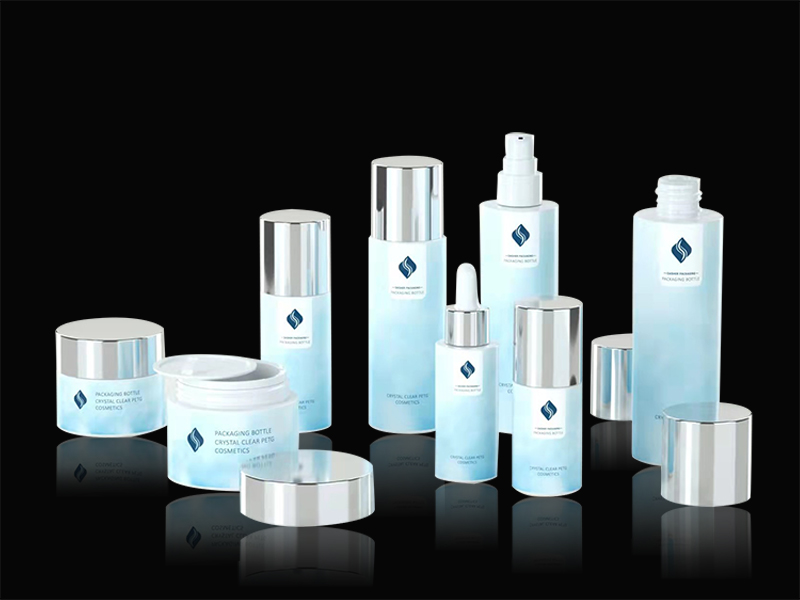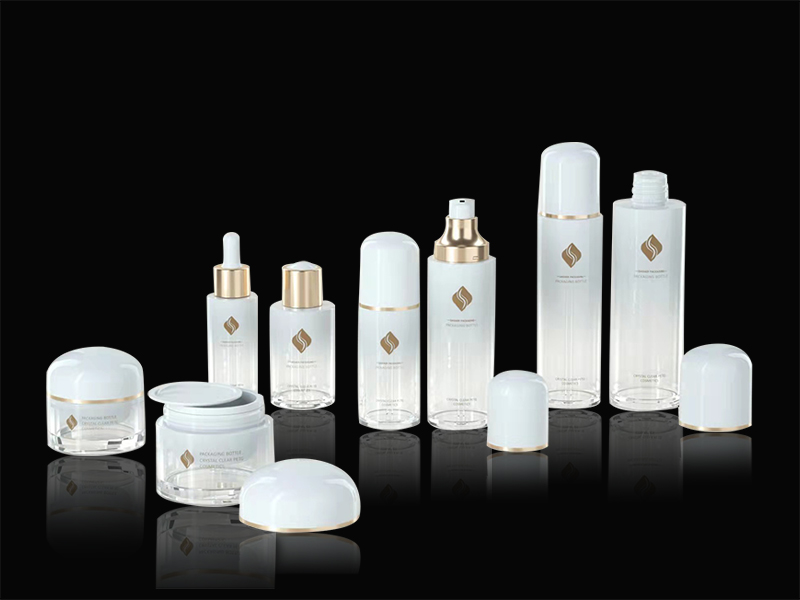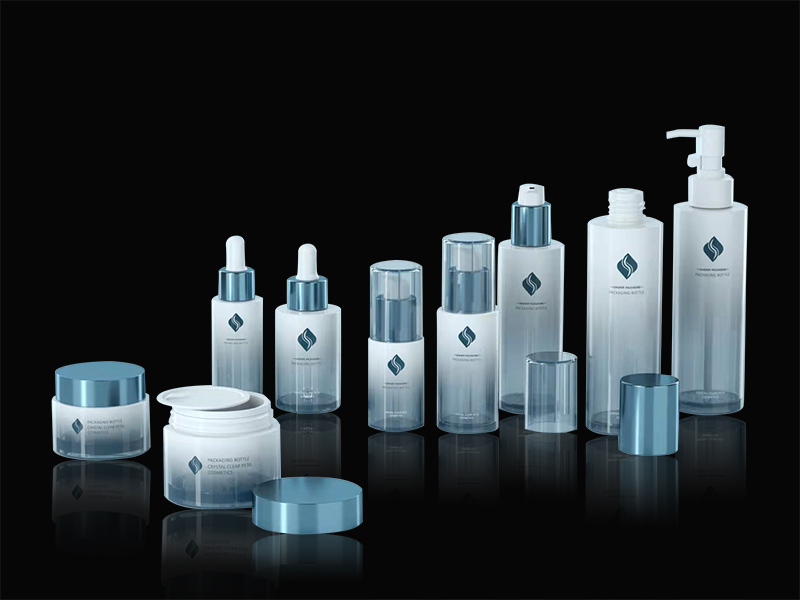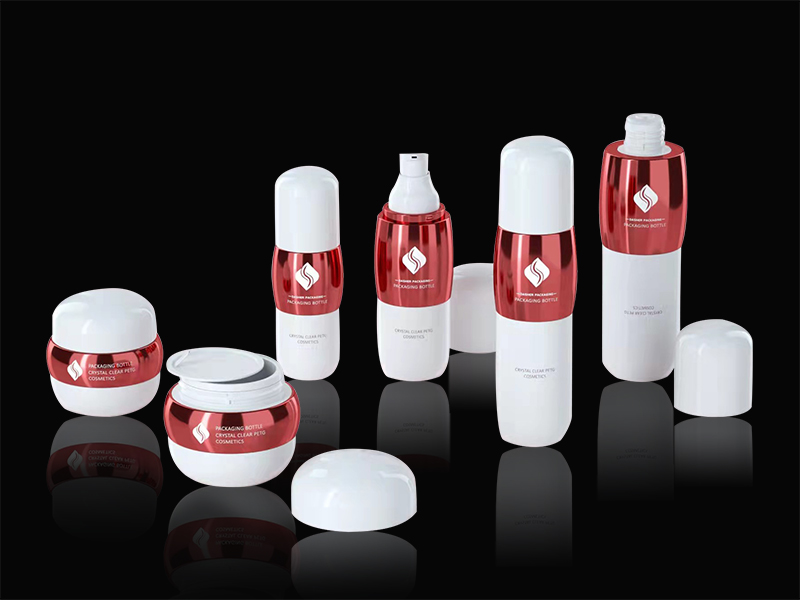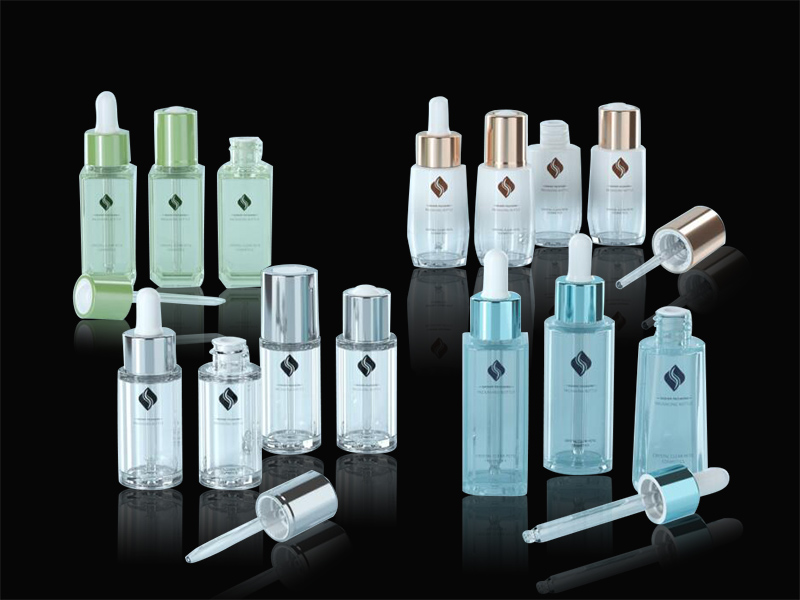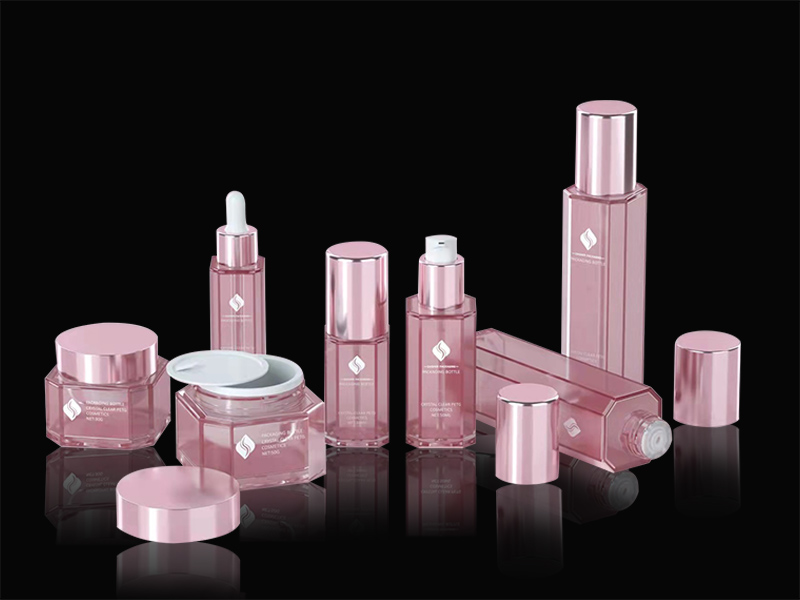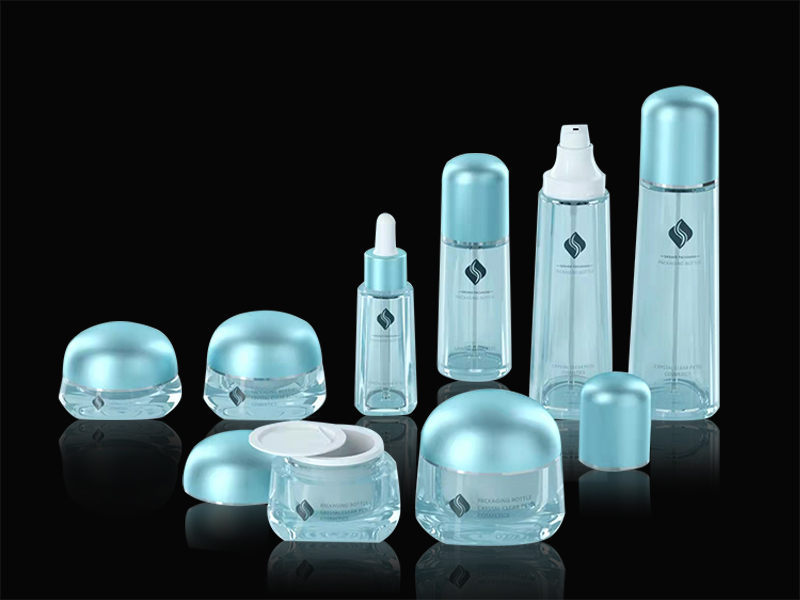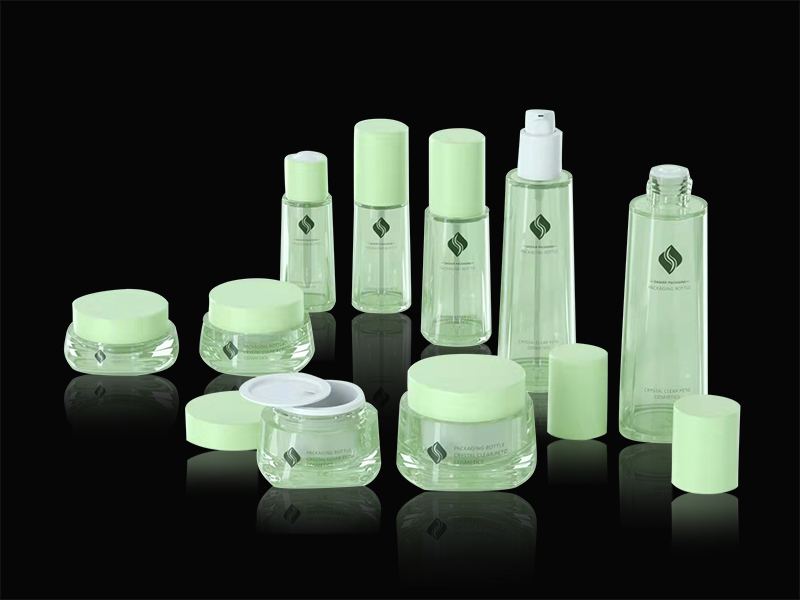Vacuum bottle
The contents of the vacuum bottle can be completely isolated from the air, avoiding the oxidative deterioration of the product due to exposure to air, breeding bacteria, and upgrading the product with its high-tech concept. The vacuum bottle that is used in the market consists of a cylindrical ellipsoidal container plus a piston placed at the bottom. Its design principle is to use the contraction force of the spring, and does not allow air to enter the bottle, causing a vacuum state, and using atmospheric pressure to push the piston of the bottom of the bottle to advance. However, due to the spring force and atmospheric pressure, sufficient force cannot be given, so the piston cannot fit too tightly with the bottle wall, otherwise the piston will not be able to rise and advance due to excessive resistance; on the contrary, if the piston is easy to advance and is prone to leakage, Therefore, vacuum bottles have very high requirements for the professionalism of the manufacturer.
Plastic bottles are mainly made of materials such as polyethylene or polypropylene and added with various organic solvents. Polyethylene (PET), polyethylene (PE) and polypropylene (PP) are widely used as raw materials in plastic bottles. After adding the corresponding organic solvents, they are heated at high temperature and then blown, blown, or injection molded through plastic molds. Plastic container.
It is mainly used for liquid or solid disposable plastic packaging containers such as beverages, food, pickles, honey, dried fruits, edible oils, agricultural veterinary drugs. Plastic bottles are characterized by being difficult to break, low cost, high transparency, and food grade raw materials.

